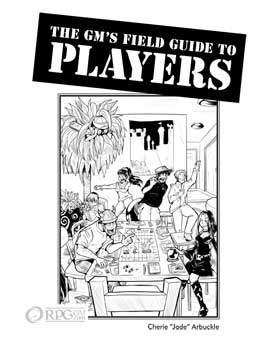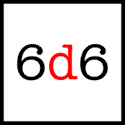This is the first installment of my fantasy city creation, using the Location Worksheet as a basis.
City Name
First off, our city needs a name. I want something that sounds reasonable for a fantasy world, but not so wacky it invites player jokes. Many real-world cities are based on some feature of the land around them or are taken from the name of a real person who either founded the city or was someone the city founders admired. This is the first location in my new world to be detailed, so it means I’ll need to make something up, whether that’s surrounding features or famous people. The name “Meadowbrook” comes to mind. I like the sound of it — it fits very well in a European-derived fantasy setting and should be easy for players (and myself) to remember.
The name “Meadowbrook” implies two geographical features — a meadow and a brook. The meadow is easy — the town’s build on what used to be meadow. This implies that the area is surrounded by forest, so we’ll go with that.
A brook is a small stream and it makes sense that someone would found a city near a source of fresh water. Since brooks aren’t very big, this is probably more of a village than a true city, unless there are other sources of fresh water near by or water can be brought in through magical and/or mechanical means. For the sake of the exercise, let’s say the term “brook” is actually a case of poetic license and that the source of fresh water is actually a minor river. This gives us the option of making the settlement more of a small town than a village, closer to my original intent. I want someplace that adventurers can use as a base to find food, lodging and supplies. Placing it on a small river means that Meadowbrook could be a stop on a trade route, which could give adventurers access to materials and resources that a more isolated town wouldn’t have. A boon, especially for mages who might need to replenish spell components.
Population
The next item on the Location Worksheet is “Mortal Population”. For fantasy game purposes, I’m going to change that to “Demi-human population”. This would cover humans, elves, half-elves, haflings, dwarves, etc. — most PC races. A quick search on the Internet turns up a document titled Medieval Demographics Made Easy, which gives population figures for kingdoms, settlements, towns, villages, etc. The numbers in the article seem reasonable; it lists towns as having a population of 1,000-8,000 people, with the average being around 2,500. I grew up in a town with a population of 4000 people, so I’m comfortable developing a town in that population range. Being a trade town, we can afford a somewhat higher population than the average, so we’ll go with 4000 permanent inhabitants.
Note, this is 4000 inhabitants total, including men, women, and children of all races. As far as racial composition goes, I want elves to be something of a rarity in this world, so we’ll say there are no permanent elven inhabitants. However, we can bring in something of their mystique by having a single half-elf. I want to stick with the tradition of dwarves being tied to stone and mines; a town called “Meadowbrook” just doesn’t sound appealing to hardy mountain-dwellers. So while dwarves certainly pass through here taking their goods to market, the town doesn’t have any permanent dwarven residents. On the other hand, a name like “Meadowbrook”, in my opinion, just begs for halflings. I want humans to be the most common race of this world, so this town seems perfect for a joint human-halfling settlement, with a “little” quarter (the halfling area) and a “big” quarter (the human neighborhoods), with the main trade and city centers catering to both. I want the gnomes of this world to be clannish, prefering to live in their own lands way from humans. Still, if there’s an gnomish population in the area, there could be a few gnome crafters living in the town — say five or so skilled artisans who live and work in the “little” quarter.
So here’s the population breakdown by race:
Total inhabitants: 4000
Human inhabitants: 2000
Halfling inhabitants: 1994
Elven inhabitants: 0
Dwarven inhabitants: 0
Half-Elf inhabitants: 1
Gnome inhabitants: 5
Tomorrow: mood and theme





